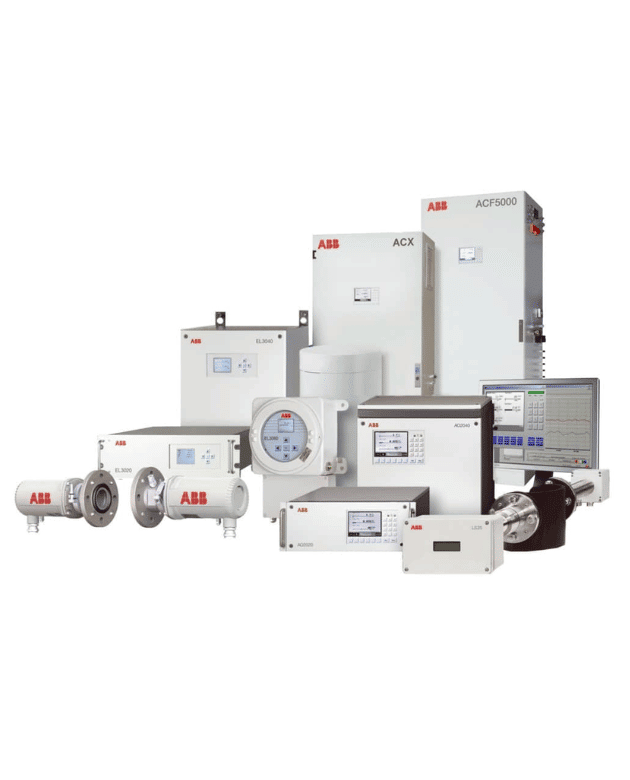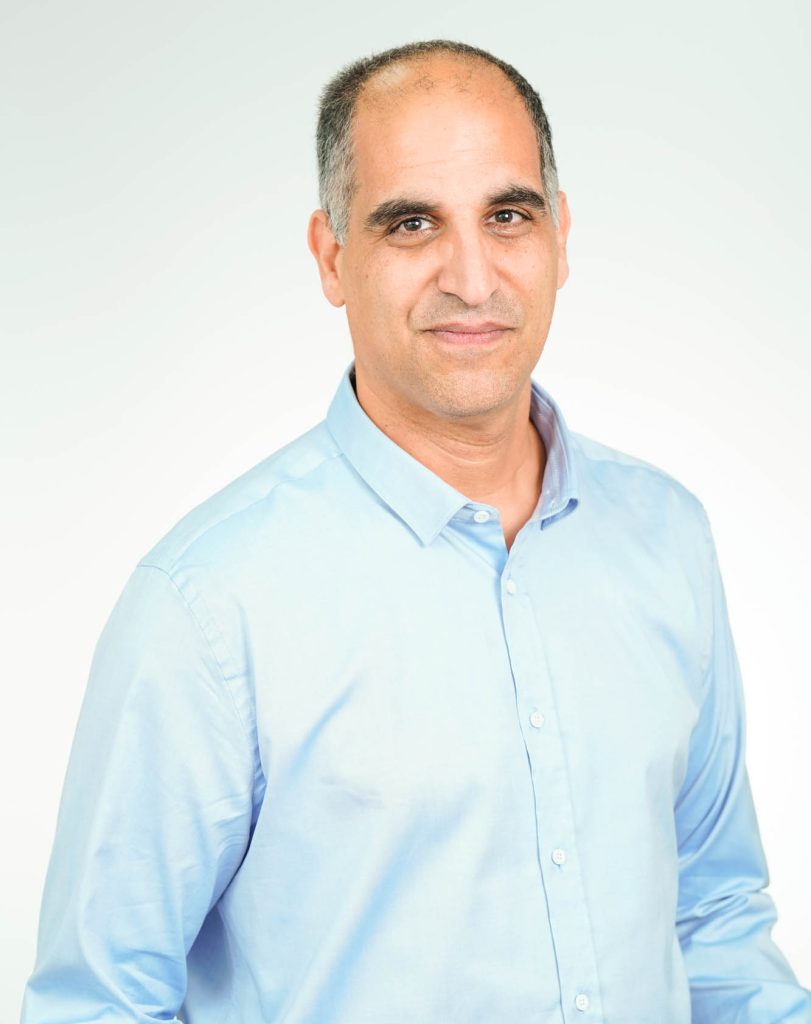Analyzers for monitoring gas and fluids
Contel provides automatic CEMS analyzers for analyzing gases, chromatographic AMS, GCs, and FTIR systems made by ABB for monitoring chimneys, manufacturing and laboratory processes, and sampling systems. All of the above in accordance with the strictest standards of environment protection. Services include detailed planning, manufacturing of sampling panels, operation, installation, maintenance, and a 24/7 service. In addition, Contel holds a large inventory of spare parts for fast supply in the case of a failure.
ABB’s leading products are of the Advance Optima and Easy Line models. Hundreds of them are installed across the country for a wide variety of applications. They meet the TüV and MCERTS standards, as well as EN 14181-2014 and EN 15267. They are QAL 1 approved, and can meet QAL 2 and QAL 3 standards as well.
The Advance Optima analyzers are the culmination of more than 75 years of experience in gas analyzers. These modules provide innovative solutions for a wide variety of applications including process control, protection against explosion, chimney monitoring, and more.
AO is a multi-system that combines various monitoring models. This system can be used for almost every manufacturing process and has a proven track record in complex environmental processes.
The AO series offers a wide variety of measurement technologies for the analyzers, including: IR spectroscopy, UV spectroscopy, paramagnetic analyzers for O2, electromagnetic and chemical sensors, thermal conductivity and ionization.
The AO system enables the measurement of six gas components at the same time. Up to four analyzer modules can be combined in one central unit. The modules can be operated from a distance via Ethernet communication, which enables the receipt of a device diagnosis from everywhere.
The AO 3 has different versions, including: a wall-mounting version, a 19” version, and an EX version for explosive environments.
The unique AnalyzeIT Explorer software that is connected to the modules enables distant control and monitoring from any place in the world via Ethernet networks.
Available modules:
URAS 26
A module that operates in the IR photometer method and is influenced by movements in the molecule. Used mainly for gas and energy industries, chemical, cement, steel and glass factories, and for monitoring emissions of: greenhouse gas, organic substances and biogases. URAS 26 is especially suitable for measuring CO2, CO, NO, SO2, N2O, CH4 ,C3H8, and C2H4.
This module allows the user to measure up to 4 components at the same time, with ppb detection ranges. In addition, the user can determine the number of radiation sources and detectors. Up to 2 radiation sources and 4 detectors can be integrated into one module.
LIMAS 23
An industrial photometer suitable for environment monitoring and process measurement, as well as for chemical and petrochemical processes, car factories and power stations. The LIMAS UV 11 is suitable for measuring C3H6, S02, NH3, Cl2, H2S, COS ,CS2, NO, and NOX in fire gases, where low detection ranges are required.
The LIMAS 11 operates in the four- beam method to lower pollution levels in the measurement cell. It enables the measurement of five components.
CALDOS 25
Caldos25 is intended for corrosive environments. The glass- coated measurement cell is extremely durable. The measurement principles depend on the thermal conductivity of the gas. It is used for factories that manufacture chloride and for hydrogen analysis in petrochemical plants.
CALDOS 27
The CALDOS 27 has a silicon sensor that enables short response times, long-term stability, small measurement ranges and a fast measurement process. It is used mainly for measuring hydrogen, inert gas monitoring, and monitoring of generators in power stations.
MAGNOS 206/28
The Magnos analyzer is paramagnetic and is used for measuring oxygen levels in gas or nitrogen. It is most commonly used in the steel industries, in air filtration factories, refineries, chimneys, and other processes where gas monitoring is required. With this product you can measure oxygen in a nitrogen environment and in furnaces. Its advantages are its low detection ranges and high durability against dust and other pollutants.
MultiFID14 FIDAS 24
This analyzer operates in the flame ionization method. This means that the detector measures the potential on the hydrogen flame surface when the hydrocarbons are burnt. Therefore, with this module, the user can measure organic components and hydrocarbon compounds that contain O, Cl, Br, S,N, and S. It is used for monitoring emissions in thermal oxides, wastewater, and recycling processes for solvents, as well as for quality control.
LS-25
This lazer operates in the TDLS technology (Tunable Diode Laser Spectroscopy). It is used for chemical factories, steel factories, and cement furnaces. It is also used for monitoring fire gases from petrochemical processes, monitoring NH3, HCl, HF from waste combustion facilities, and monitoring CO and CO2 levels in ovens. Its advantages over other analyzers include short response times and durability in extreme conditions such as: high temperatures, high dust concentration, and corrosive environments.
ABB’s gas analyzer, ACF 5000 model
This analyzer can monitor up to 15 types of gas at the same time. It is accurate, and requires calibration only once a year. This product is MCERTS certified, and can save about 30% of the annual maintenance costs. It shortens shutdown times (which are normally needed for calibrating the gas monitoring system), and enables 98% availability. The analyzer is suitable for measuring gases from fire chimneys, waste incinerators in chemical and urban factories, and more.


